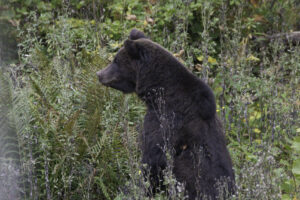Velebit is the largest and most complex nature-protected area in the Republic of Croatia. In terms of topographical relief and vegetation, the region encompasses the most important mountain in Croatia, noted for its natural value and importance for the conservation of biodiversity of the planet. In 1978 it was declared a UNESCO Man and Biosphere Reserve and included in the UNESCO Tentative List of World Heritage Sites.

The 145km-long massif of Velebit Mountains presents an imposing backdrop for two national parks, a biosphere reserve and several precious old-growth forests, home to grey wolves, brown bears and the Eurasian lynx. Balkan chamois cling to precipitous rock faces, red deer lurk in the deep canyons, while sounders of wild boar can be heard snuffling their way through leaf litter.
Over 200 bird species have been recorded along this mountain range, which stretches from the edge of the Adriatic Sea up to summits of over 1750 metres. It is an awe-inspiring landscape where you will find waterfalls and caves within beech and pine forests, leading up to alpine grasslands and breath-taking views.
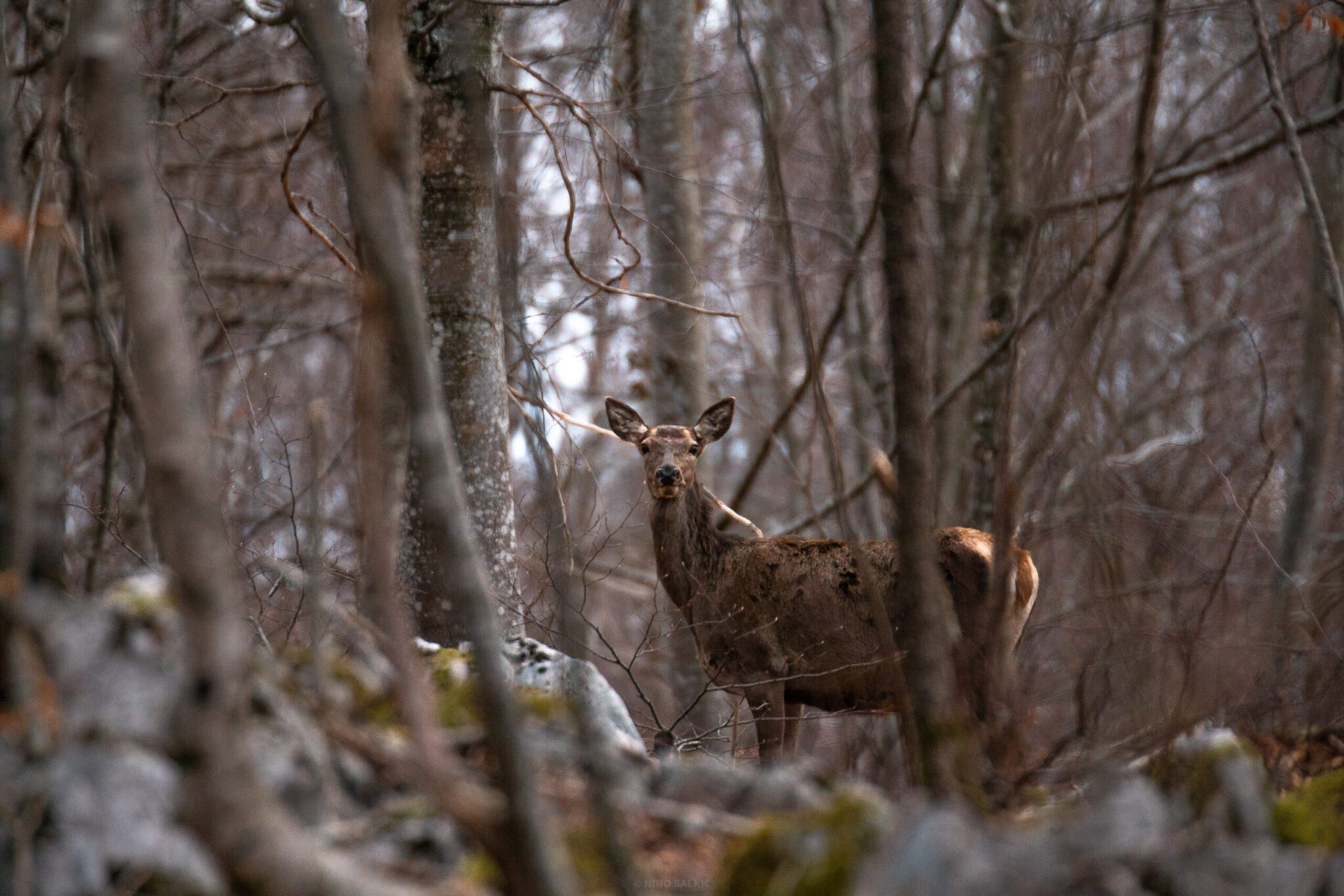
The abundant floral diversity includes plant species from the sub-Mediterranean through to high Alpine communities. Numerous animals live in the Velebit, many of which are rare and endangered. All three native large carnivore species are present in the area (brown bear, grey wolf and the Eurasian lynx), as well as other charismatic species like Balkan chamois, red deer, roe deer, griffon vulture and other raptors like eagle-owl, peregrine falcon, short-toed eagle and golden eagle.
So far, 257 species of birds have been recorded in the Velebit, of which more than half is regularly or occasionaly nesting in Velebit area. It is one of the most important breeding areas for capercaillie, pygmy owl, Tengmalm’s owl, white-backed woodpecker and ortolan bunting. The Eurasian griffon vulture is the only remaining vulture, among the four European species, still breeding in Croatia.

Most of the Velebit is built from carbonate rocks – limestones and dolomites – which create a great richness of karst relief formations. In addition to cracks, sinkholes, and solitary rocks, there is a large number of caves and pits found within the extraordinary diversity of different biological habitats, from Mediterranean landscapes at sea level, via vast beech forests to montane systems at higher altitudes.
Velebit Nature Park is the most significant focal point of endemic flora and fauna in Croatia. There are 1,854 plant taxa recorded on Velebit, 79 of which are endemic, explaining why this area is referred to as a “centre of endemism”. The best-known endemic species is certainly the Velebit degenia (Degenia velebitica). The habitats of these endemic species include rocks and talus cones on the western slopes of Velebit, as well as the caves and local area around the Krupa and Zrmanja rivers, and mountain grasslands and pastures.

Even though Velebit is astonishing in its biodiversity, when you ask people about the mountain, the first words you’ll hear them say will likely be about the experience of exploring the mountain. Indisputably, part of that experience has to do with the beauty found in observing the many natural interactions between plant and animals, surrounded by mountain peaks, underground worlds, and a rich cultural and historical heritage.
Our rewilding area
 Rewilding areas
Rewilding areas
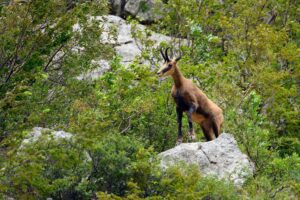
JABLANAC
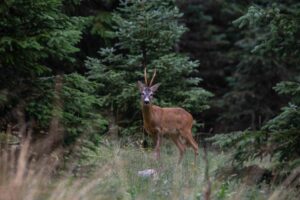
RAMINO KORITO
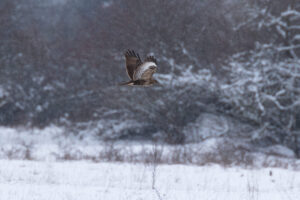
LUKOVO ŠUGARJE
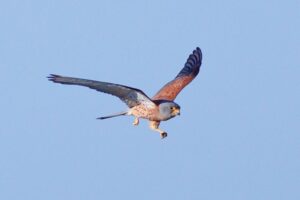
OTOK DOLIN
